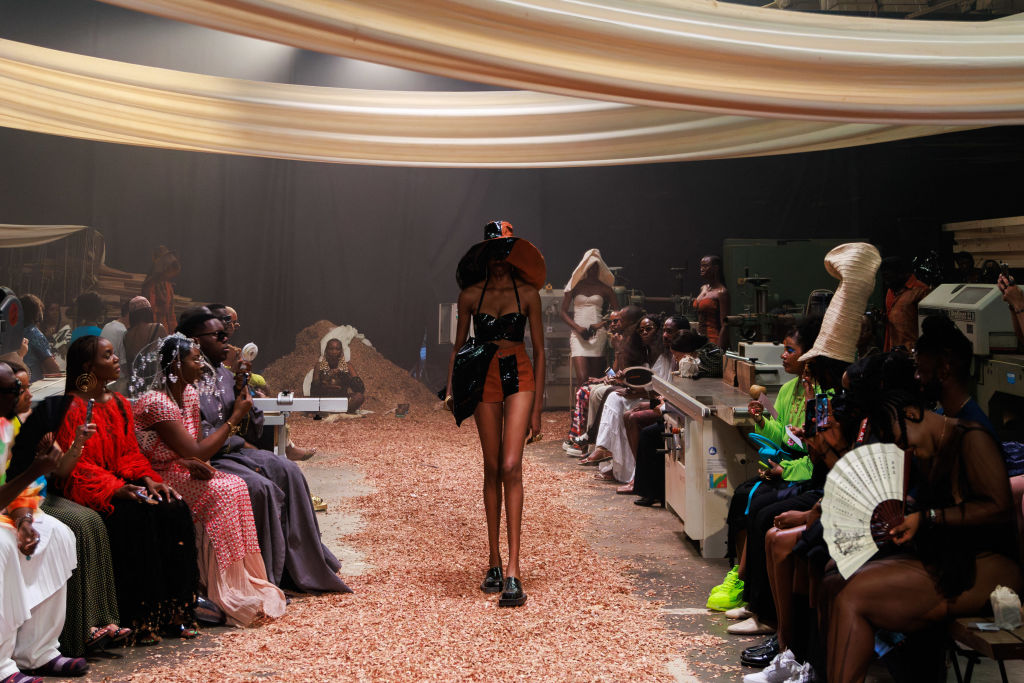In 2017, Nigerian writer Chimamanda Ngozi Adichie declared Lagos the most stylish city in the world. A city where fashion is the “one true democracy: from the western-label-loving elite class, to the working poor in their beautifully put-together outfits bought second-hand,” she wrote.
Fast-forward several years and cities such as Abidjan, Casablanca, Dakar, Johannesburg and Nairobi might also be equally deserving of the title, at least according to a new UNESCO report on Africa’s fashion sector.
African fashion is booming thanks to international buyers and increased demand from the continent’s expanding urban middle class, the United Nations’ cultural agency found. There are now fashion weeks in 32 African countries. Sub-Saharan Africa’s US$31 billion apparel sector is set to keep growing each year, and a fully developed industry would boost prosperity across the continent.
Women could win big, too. Although the sector is already female-heavy, with women weaving and dying fabrics, sewing garments and designing collections, they face ongoing limited access to funding, infrastructure and training opportunities. Remove those hurdles and fashion can be a powerful springboard for gender equality, creating millions of extra jobs across the continent, especially for women and youth, says UNESCO.
“This to me is the easiest way to meet the gender gap [in Africa],” says Roberta Annan, founder of African Fashion Foundation (AFF), a Ghana-based non-governmental organization empowering African fashion designers and creatives.
As women often don’t have a bank account or power over their finances, one major obstacle is access to capital.
“It’s something the man controls,” says Annan. “So there’s always a barrier, or there’s a middleman or there’s somebody.”
The lack of financing opportunities also prevents would-be designers from experimenting with new materials or technologies and holds them back from scaling up their production and becoming more competitive globally. This issue disproportionately affects women fashion entrepreneurs, who are more likely to “self-select out of the existing credit market because of low perceived creditworthiness,” says UNESCO. In 2017, only 37% of women had a bank account in sub-Saharan Africa, compared with 48% of men, according to the World Bank.
Women are also often locked out of education opportunities due to cultural expectations around marriage and family, adds Annan.
“For people to go easily into the sector and be educated, they need the resources because parents will not make those resources available,” she says. Female fashion entrepreneurs can struggle to gain adequate skills or knowledge about trade regulations, certificates and import/export licenses, for example, which are vital for running businesses.
Organizations such as Annan’s are working to plug those gaps. The AFF runs programs such as Kayayei, working with young women from disadvantaged backgrounds, while the African Development Bank oversees a program that strengthens the financial literacy of women entrepreneurs across the continent.
But much more needs to be done, according to UNESCO. Investment is key, as designers often look outside the continent for support, and major infrastructure development is needed to help process raw materials such as cotton. With Lagos Fashion Week flexing its international muscles and major luxury brands such as Chanel hosting their first-ever runway show in Africa last year, the sector’s cultural impact is already on a roll.
“For women,” says Annan, “the potential is huge.”



